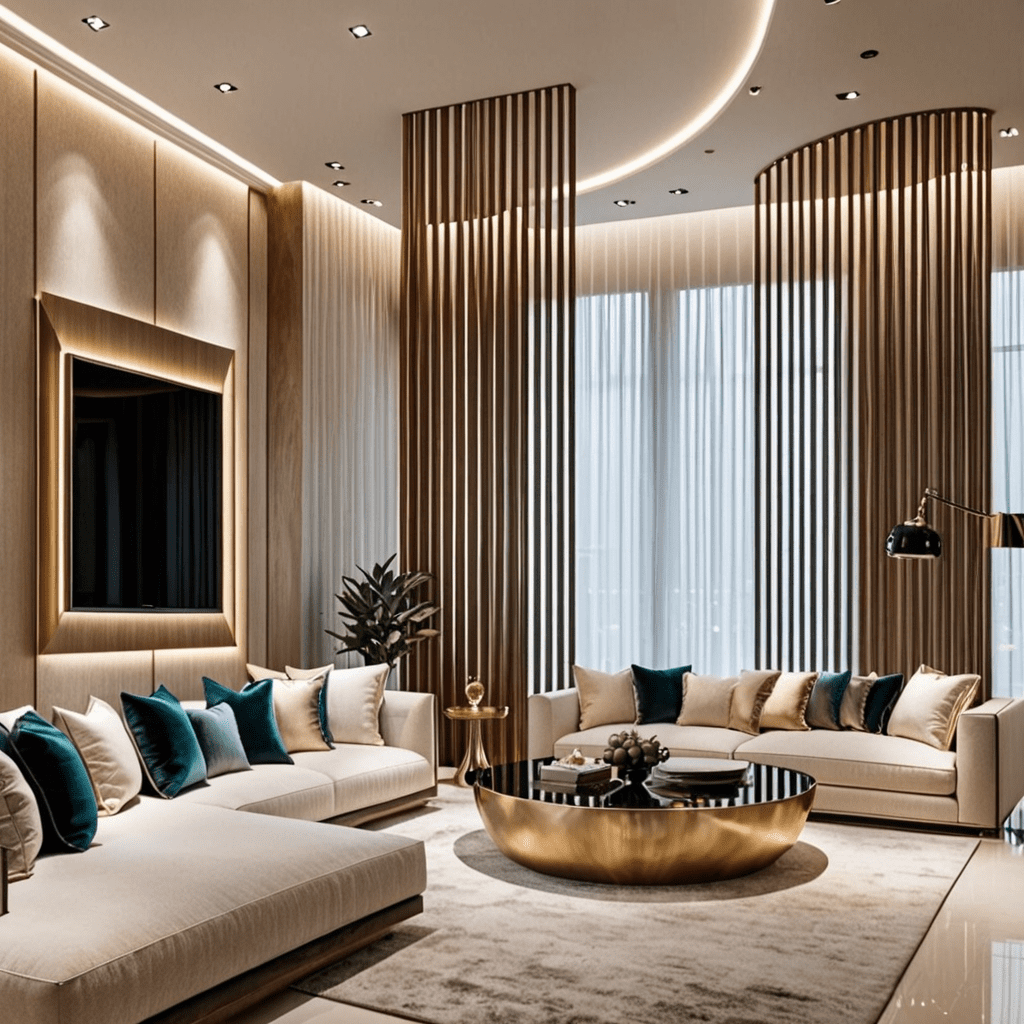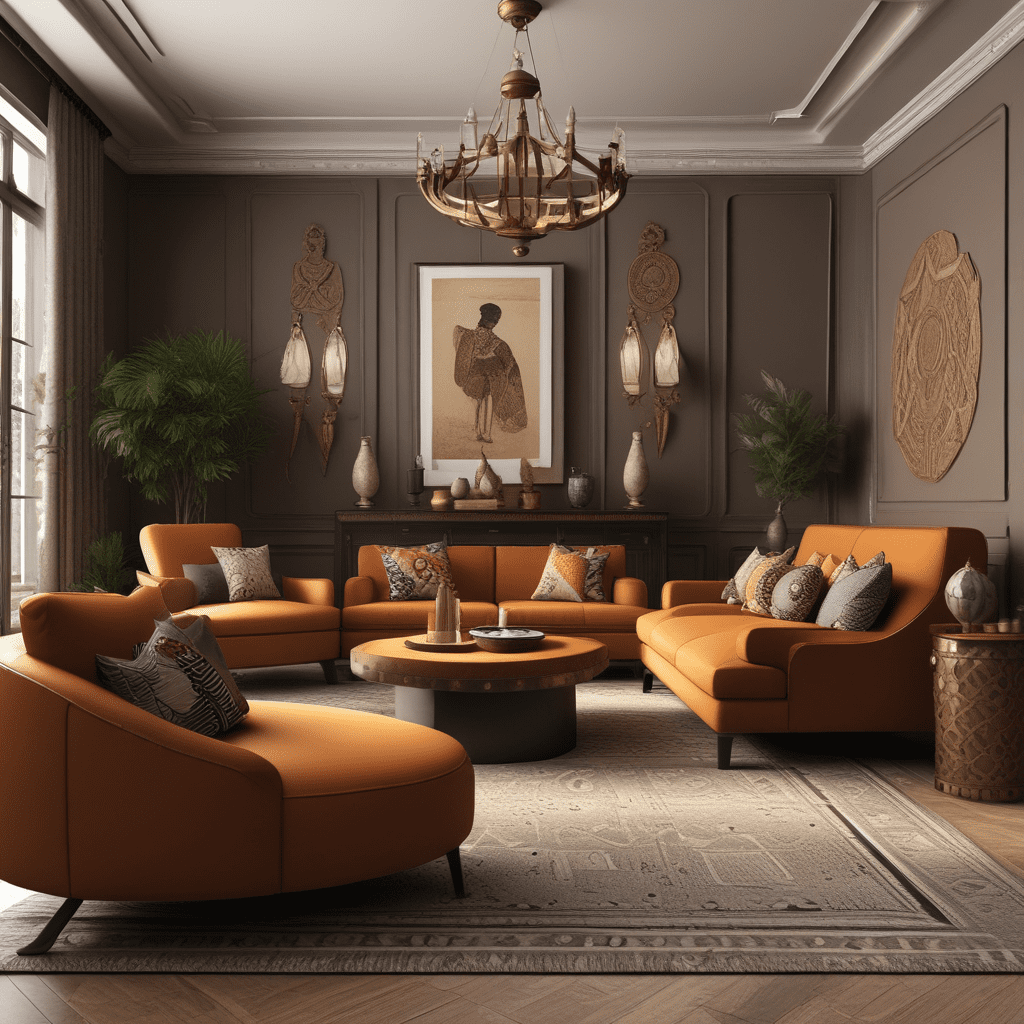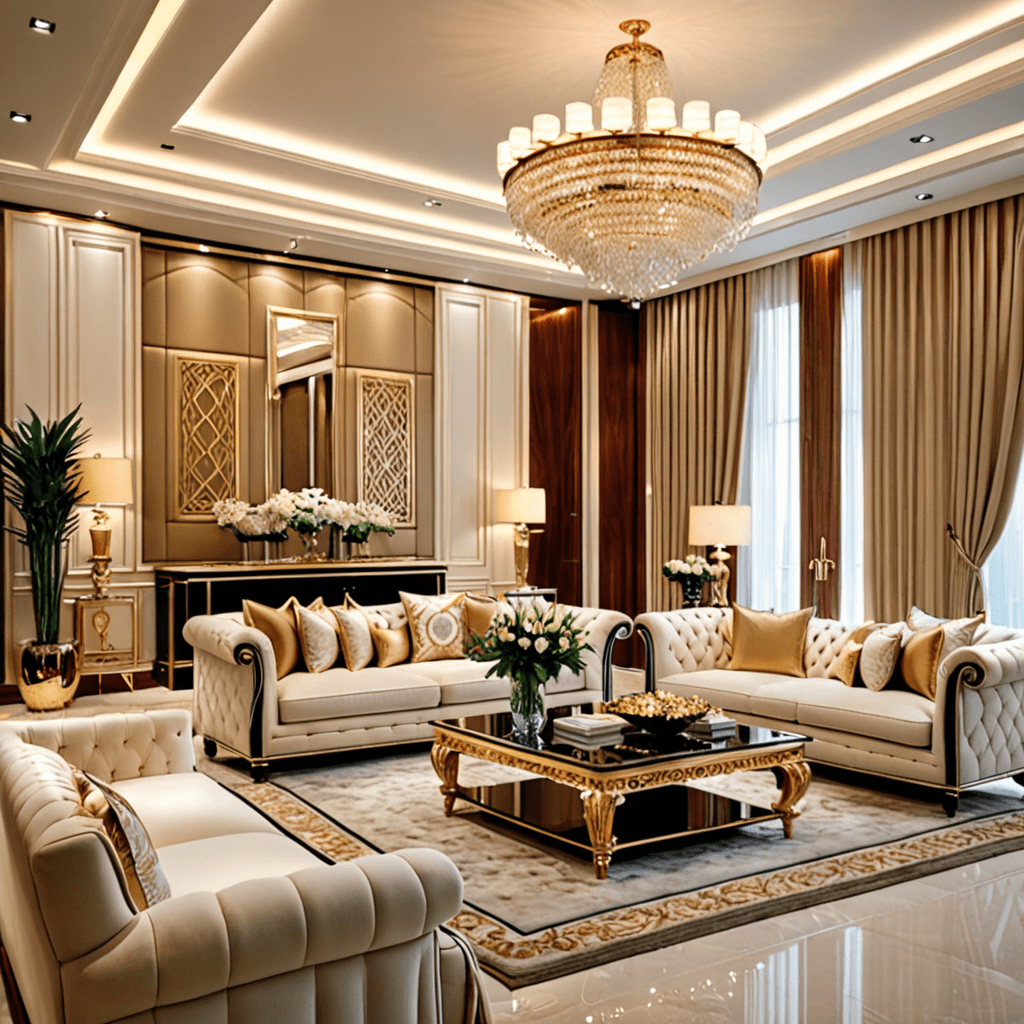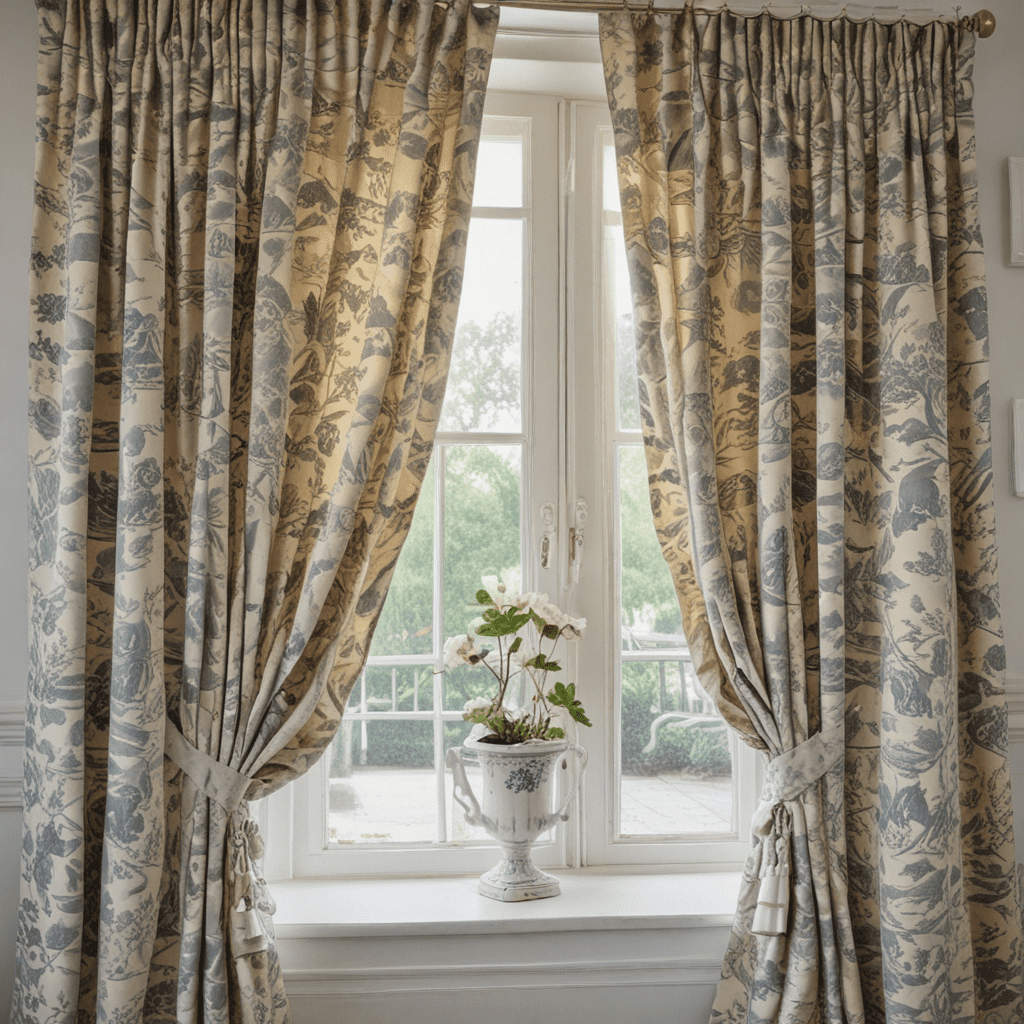„Captivating Ways to Utilize Vertical Lines in Interior Design”


Captivating Ways to Utilize Vertical Lines in Interior Design
When it comes to interior design, there are numerous elements to consider, from color schemes and furniture arrangements to lighting and texture. One oft-overlooked element that can significantly impact the look and feel of a space is the use of vertical lines. Vertical lines can add height, provide visual interest, and create a sense of balance within a room. In this article, we will explore some captivating ways to utilize vertical lines in interior design.
1. Accent Walls
One popular way to incorporate vertical lines into interior design is through the use of accent walls. By creating a focal point on one wall, you can draw the eye upwards and create a sense of height. Vertical stripes, whether painted or wallpapered, can create a dramatic and visually appealing feature in any room. Additionally, the use of vertical lines can make a space feel larger and more expansive.
2. Window Treatments
Another way to incorporate vertical lines into your interior design is through the use of window treatments. Vertical blinds, such as sleek shades or textured curtains, can add visual interest and create a sense of height in a room. Additionally, by choosing window treatments with vertical lines, you can enhance the natural light and create a more open and airy atmosphere.
3. Shelving and Storage
Vertical lines can also be incorporated into your interior design through the use of shelving and storage solutions. Vertical bookcases or open shelves can create a sense of height and provide an opportunity to display decorative items. By using vertical lines in your storage solutions, you can maximize space and create a more organized and visually appealing environment.
4. Wall Decor
Wall decor presents another opportunity to incorporate vertical lines into your interior design. Hanging artwork or photographs in a vertical arrangement can create a sense of height and provide a focal point in a room. Additionally, using vertical lines in your wall decor can help to balance out the overall visual composition and create a more harmonious and cohesive design.
5. Architectural Features
If you are undertaking a renovation or building a new home, consider incorporating architectural features that utilize vertical lines. From tall columns and pillars to high ceilings and vertical beams, these elements can add a sense of grandeur and elegance to your space. By incorporating vertical lines into the very structure of your home, you can create a lasting impression and enhance the overall design aesthetic.
6. Furniture Placement
Lastly, the placement of furniture can play a significant role in utilizing vertical lines in your interior design. Consider positioning tall pieces of furniture, such as bookcases or floor lamps, strategically throughout the room. This can create a vertical line that draws the eye upwards and adds height to the space. Additionally, arranging furniture in a way that emphasizes vertical lines can create a sense of balance and visual interest.
FAQ
Q: How do vertical lines create a sense of height in a room?
A: Vertical lines, whether through the use of accent walls, window treatments, or furniture placement, draw the eye upwards. This gives the illusion of height and can make a room feel larger and more spacious.
Q: Are there any pitfalls to avoid when using vertical lines in interior design?
A: While vertical lines can be visually appealing, it’s important not to overdo it. Too many vertical lines in a room can create a cluttered or overwhelming feeling. It’s important to strike the right balance and use vertical lines strategically to enhance the overall design aesthetic.
Q: Can vertical lines be used in small rooms?
A: Absolutely! Vertical lines can be especially beneficial in small rooms, as they create the illusion of height and make the space feel larger. By utilizing vertical lines in elements such as accent walls and shelving, you can maximize the potential of a small room and create a visually appealing environment.
In conclusion, incorporating vertical lines into your interior design can add height, provide visual interest, and create a sense of balance within a room. Whether through the use of accent walls, window treatments, shelving, wall decor, architectural features, or furniture placement, vertical lines have the power to transform a space. By strategically utilizing vertical lines in your design, you can create a captivating and visually appealing environment that truly enhances the overall aesthetic.





